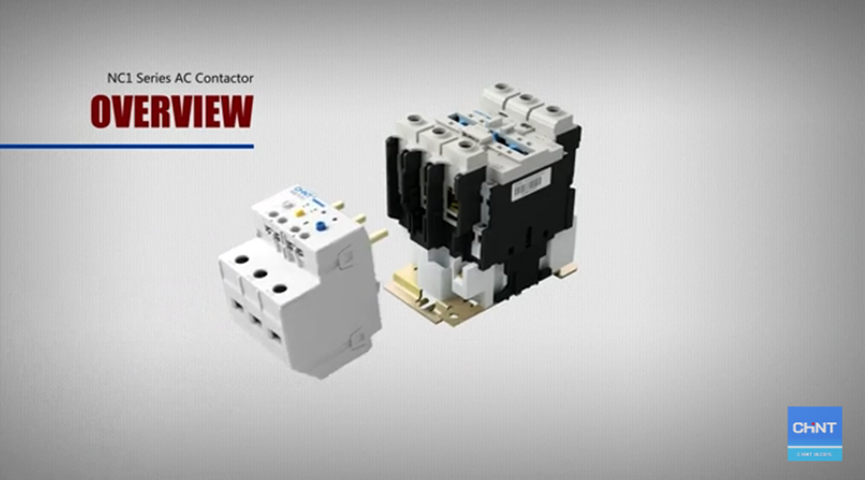Contactor: A Key Component in Electrical Systems
An essential part of every electrical system, a contactor regulates the current that flows to various appliances and machinery, including motors and lights. By reliably turning electrical circuits on and off, it serves as a power management solution. Contactor design has progressed, making them more durable and efficient for a wide range of applications, thanks to trusted companies like CHINT.

The Evolution of Contactors
The earliest contactor designs were based on knife blade switches, which featured a strip and lever mechanism. This manual system required the operator to pull the lever, raising and lowering the metal strip to control the circuit. While functional, these contactors had several limitations that eventually led to their obsolescence. Issues such as frequent arcing, which resulted in a shorter lifespan, safety concerns, and vulnerability to moisture and dirt made them impractical for long-term use. These challenges paved the way for more modern, automated contactors.
Modern-Day Contactors and Their Advantages
Today, contactor technology has significantly improved. Modern contactors, like those from CHINT, are designed to withstand higher voltages, offer longer lifespans, and ensure better safety standards. These advanced contactors help mitigate the issues of arcing and are built with better insulation, reducing the risk of moisture and dirt interference. The contactor designs now incorporate features like double-break mechanisms, which further enhance performance and reliability, making them suitable for industrial, commercial, and residential electrical systems.
Conclusion
The contactor has come a long way since its manual, knife-blade predecessors. With innovations from brands like CHINT, modern contactors are safer, more efficient, and longer-lasting, addressing the challenges of earlier designs. Whether for controlling motors or other equipment, contactors play a crucial role in electrical systems, offering a dependable and versatile solution.